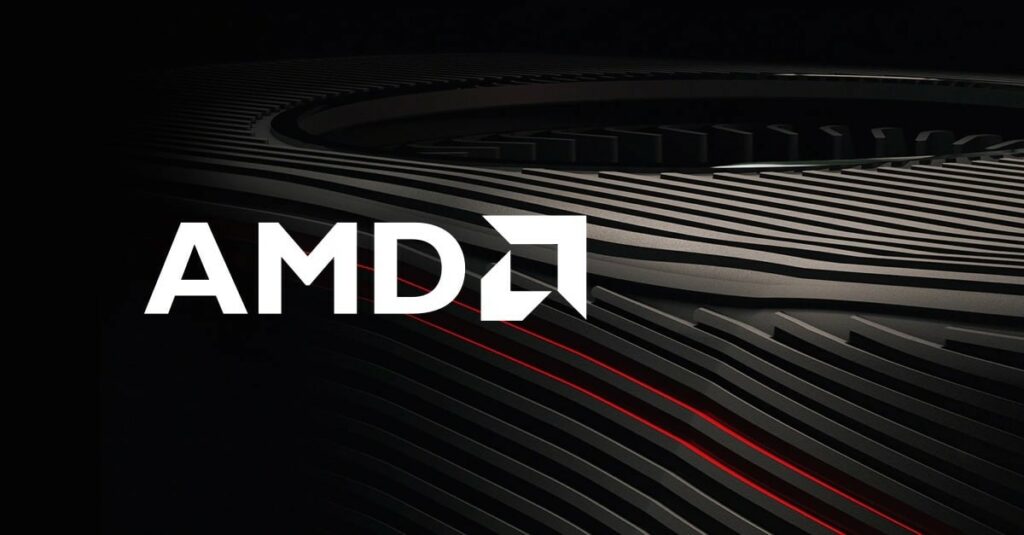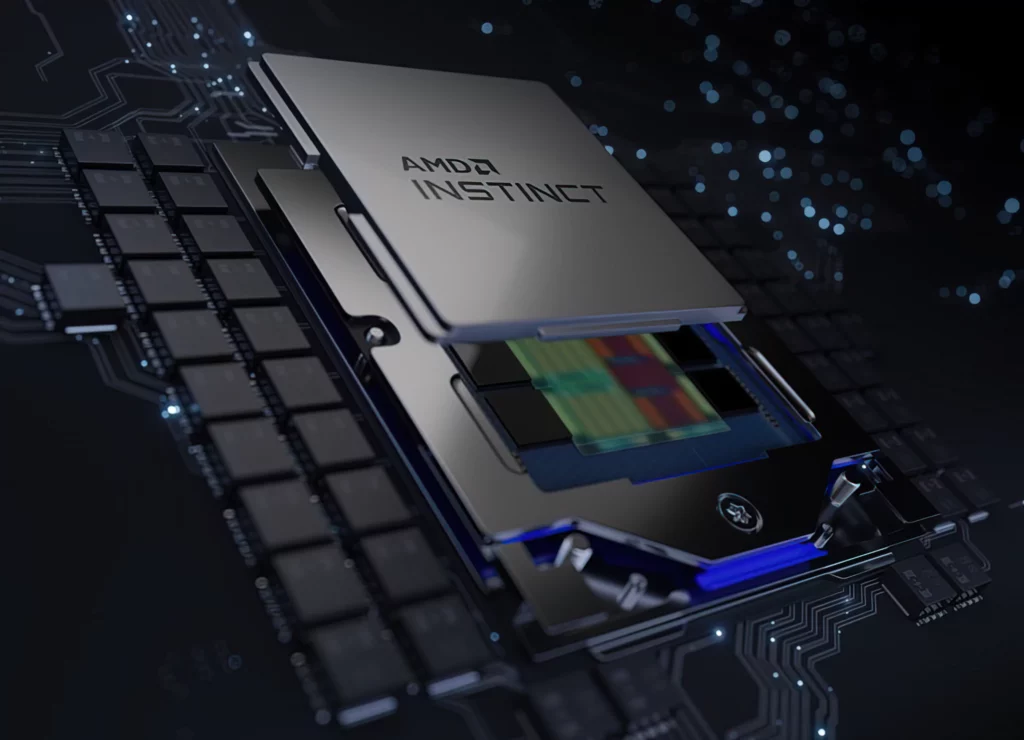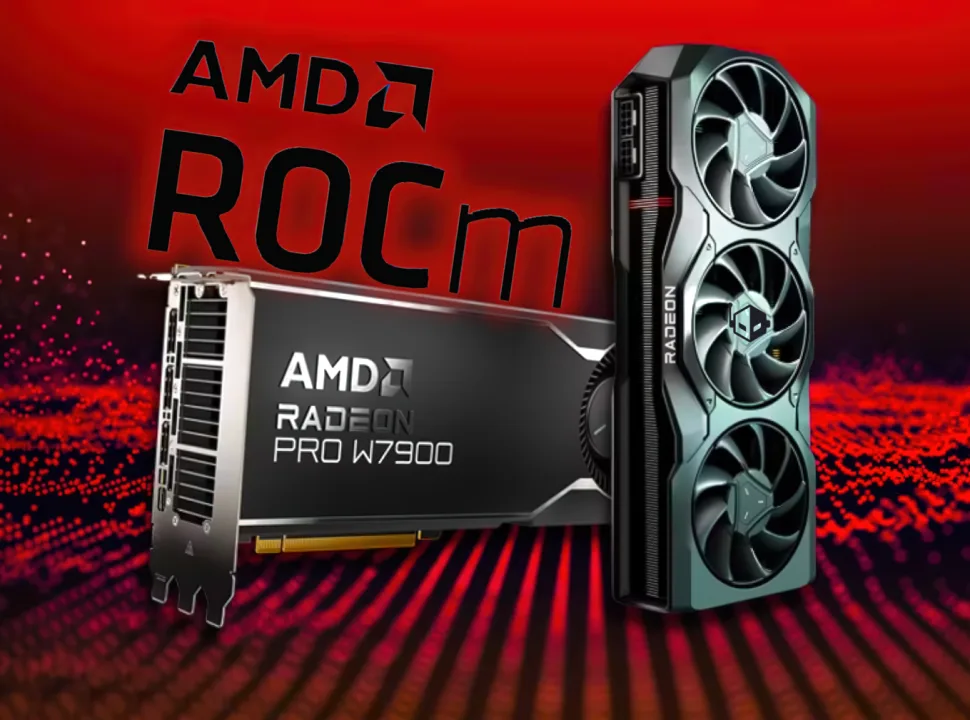AMD reiterated the specifications of its Instinct MI300 APU, the world’s first data centre chip with an integrated x86 CPU and GPU architecture, at CES 2023. With 146 billion transistors, the chip is truly at the cutting edge of what modern chipmakers can achieve. It also makes use of the advantageous 3D Chiplet packaging technology, combining TSMC’s 5nm and 6nm IPs in a single unit.

AMD’s upcoming Instinct MI300 APU is a true engineering marvel, combining x86 CPU and GPU cores for the server segment, but the company has already confirmed the next-generation MI400 on its roadmap, as confirmed by Lenovo’s Vice President. It’s no surprise that AMD will continue to use this APU approach for the Instinct family down the road, as Lenovo’s Vice President, Scott Tease, has stated.
The VP confirmed that AMD has Instinct MI400 and other products on the way, and they like what they’ve seen so far.
Scott claims that future AMD Instinct GPUs, such as the MI300 and MI400, will consume more than a Kilowatt of power, a 2x increase over current-gen CPU and GPU designs for servers. This massive increase in power would necessitate the use of more expensive liquid cooling solutions to keep these monster chips cool.

It’s one of the issues raised by the Lenovo VP because, while the new architecture and software supporting it can run 70% of the applications available, the remaining 30% will force users to return to traditional x86 designs. The same is true for NVIDIA’s Hopper and Grace implementations, particularly the Grace CPU Superchip, which employs the Arm architecture.
Also Read:








